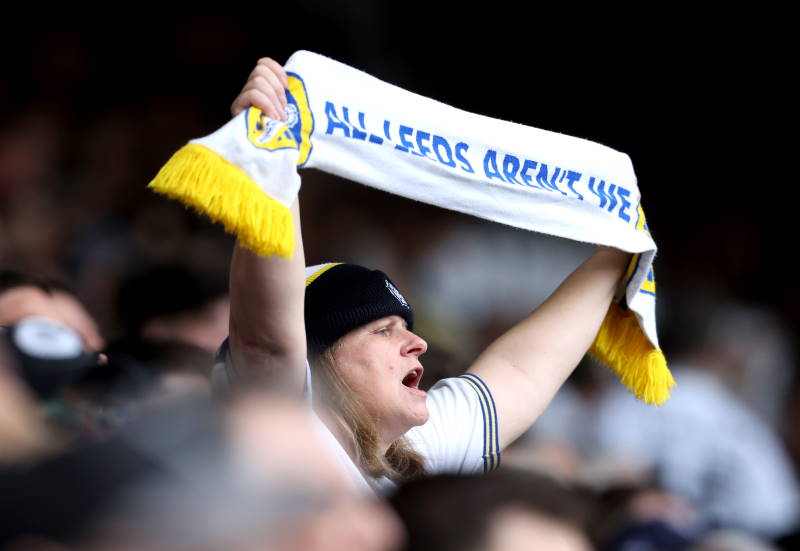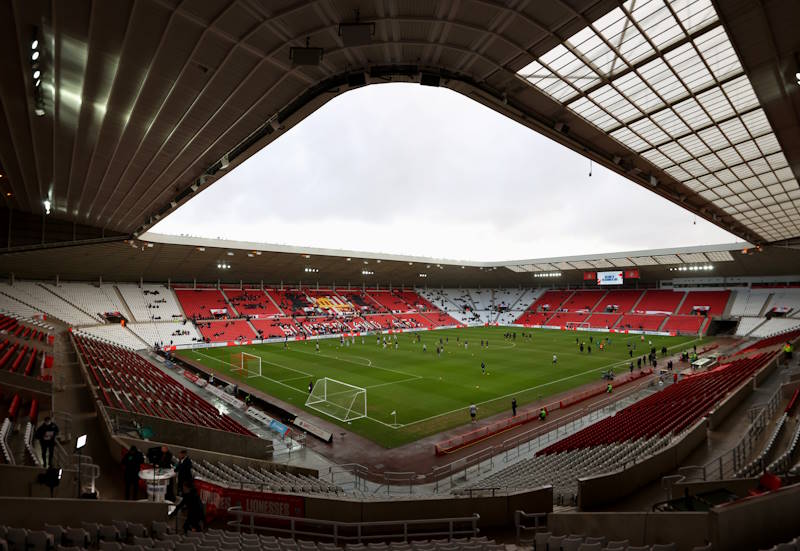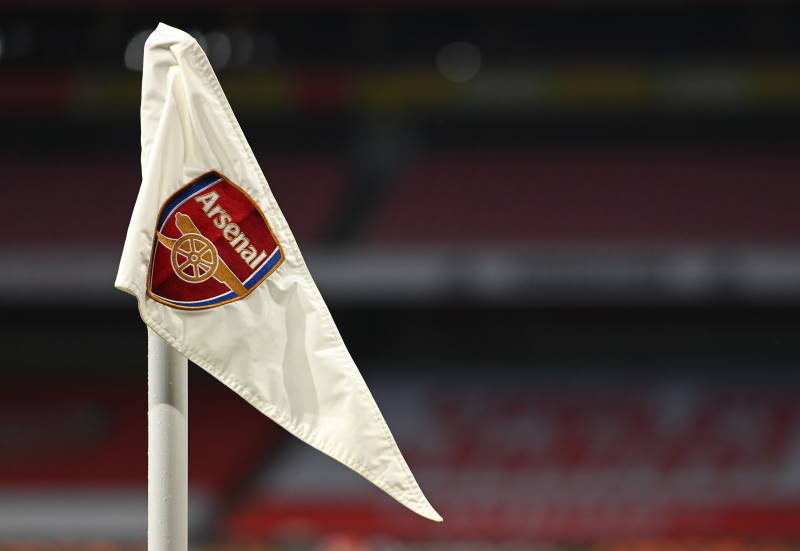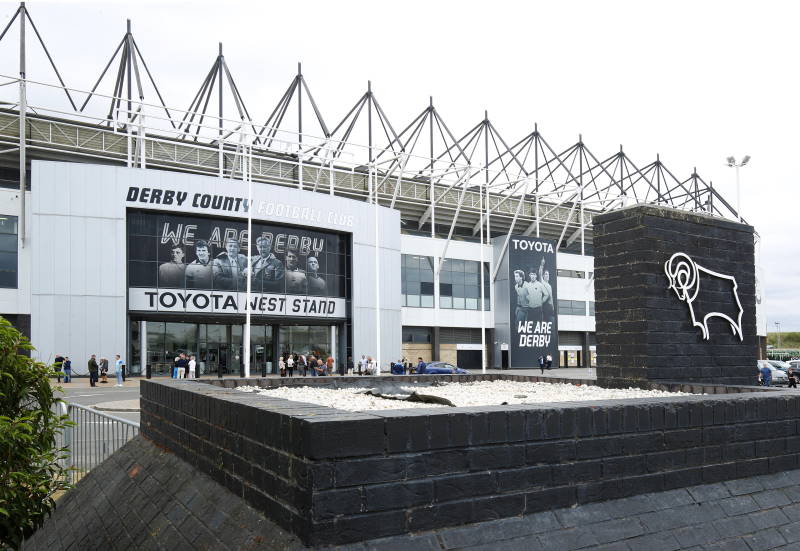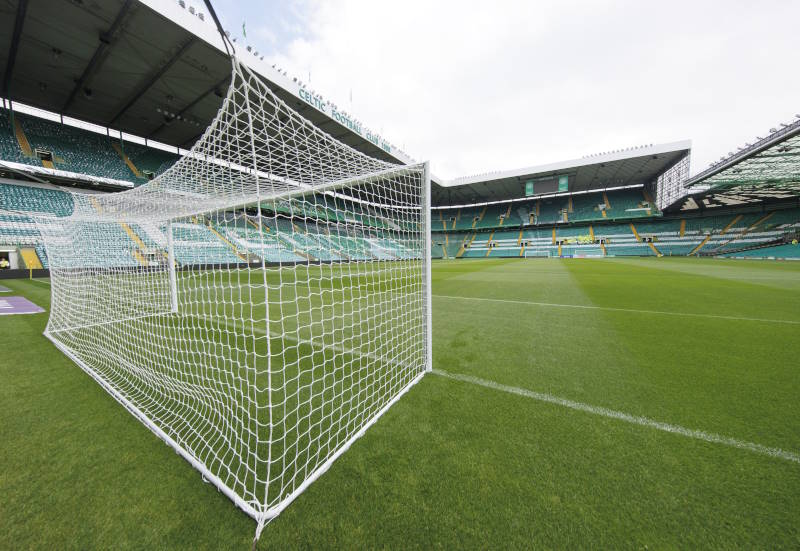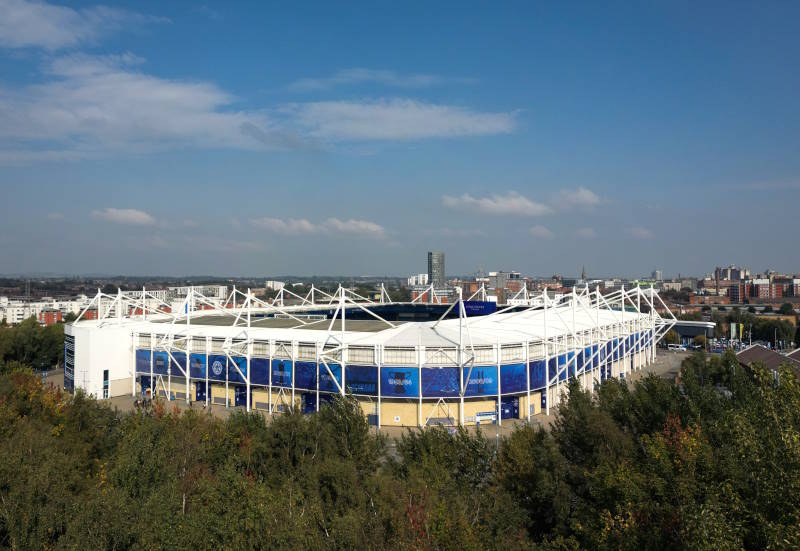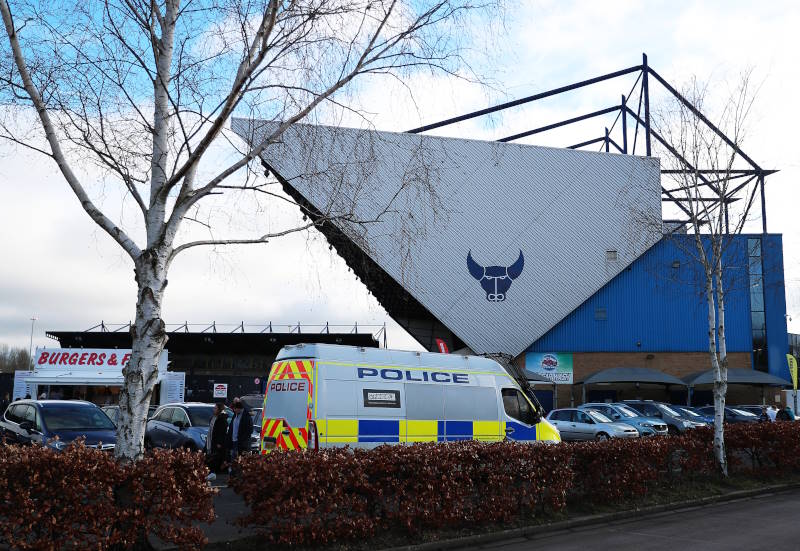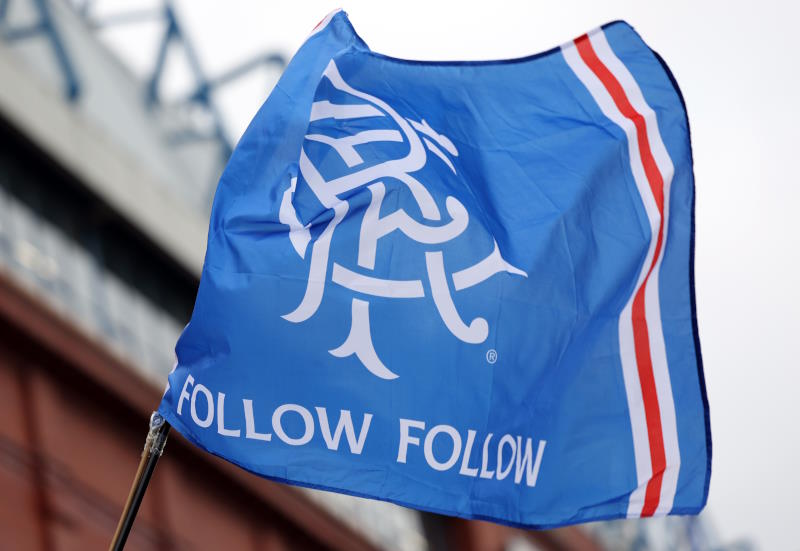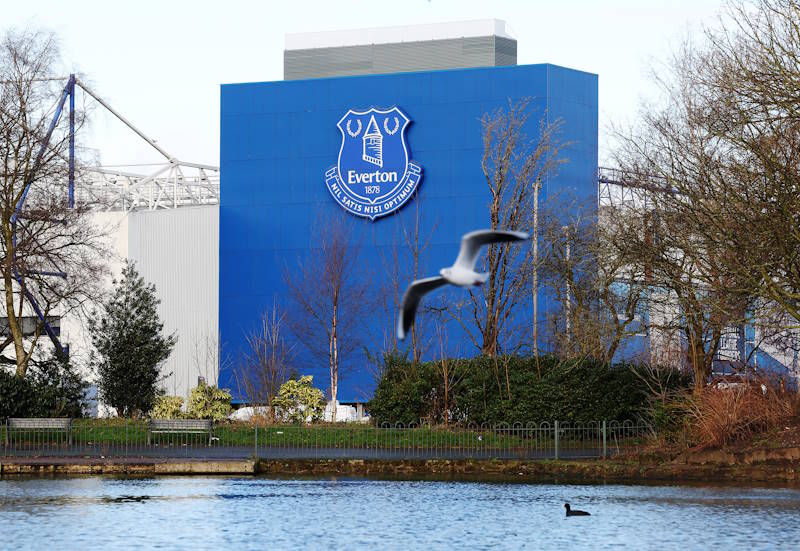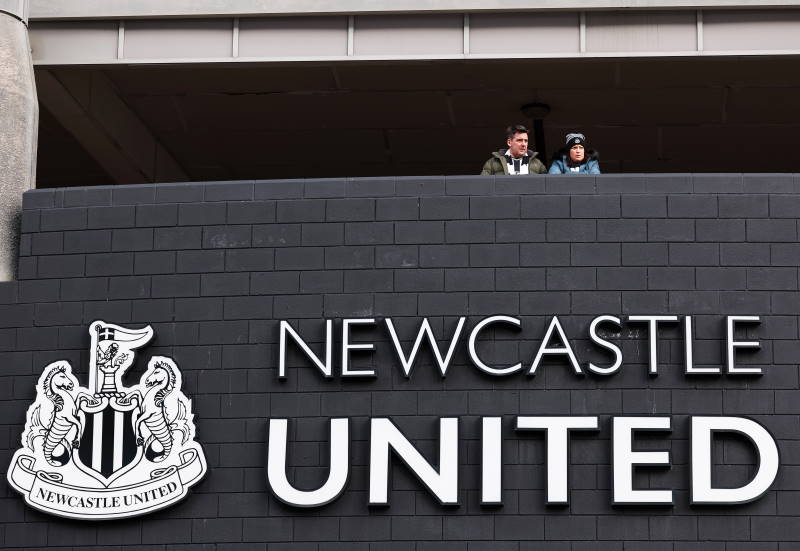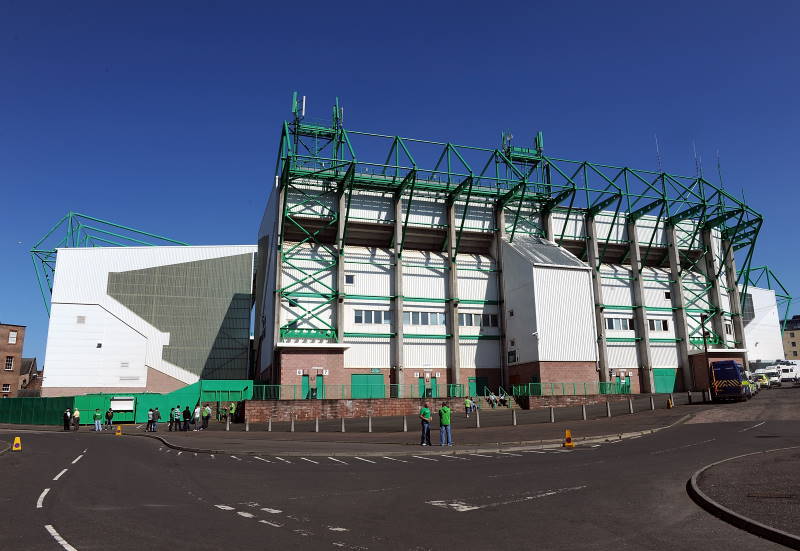Hopes of Copa Libertadores success were high when San Lorenzo went into their centenary year of 2008 buoyed by the signing of former-Argentine international Andres D’Alessandro, and the news that coach Ramon Diaz had spurned the advances of River Plate to stay with the club. By the end of May they had been knocked out of the Libertadores at the quarter-final stage by eventual winners LDU Quito, by early June, Diaz had resigned as coach, and by early August, D’Alessandro had swapped Buenos Aires for Porto Alegre, Brazil, as he signed a four-year deal with Internacional.
Nevertheless, with former Boca Juniors coach Miguel Angel Russo on board for the second half of the year, San Lorenzo came within a technicality of winning the Argentine Apertura. Leading on goal difference following the final round of games, league rules dictated that El Ciclón would square off against Boca and Tigre in a triangular round-robin tournament to decide the victor. When the three sides finished level on points, it was goal difference that tipped the balance in favour of Boca.
And so, with the team apparently back on an even footing, there was again optimism on the terraces of the Estadio Pedro Bidegain going into 2009. Despite their rich history in the domestic game, San Lorenzo have never won the Libertadores, having to console themselves with a win apiece in the Copa Mercosur and Copa Sudamericana – roughly UEFA Cup equivalents – early this millennium. With the club able to keep hold of the majority of their star players, there seemed to be no reason why they couldn’t be genuine contenders this time around.
Their campaign began in fine style with a 4-1 win over Mexican side San Luis, but that was followed by four straight defeats, eliminating them from the competition at the group stage. This, allied to poor domestic form, saw supporters chastise the players for a perceived lack of effort, holding up various banners denouncing their performances and booing them at every given opportunity. Police escorts were required. Russo had little choice but to resign.
“Ideally, San Lorenzo needs a psychologist rather than a coach,” wrote Olé’s Pablo Cavellero following a 3-0 defeat to San Martin under the temporary control of Alberto Fanesi. Club president Rafael Savino decided on a slightly more conventional route, negotiating a return to coaching for Diego Simeone, five months after the disappointing end to his time in charge of River Plate.
Savino does, however, feel that one of Simeone’s key strengths will be his ability to instil some confidence into the players. “The mentality of the players will be changed,” he told Olé. “He will make their brains click so they realise that they are the same players that fought for the Apertura.”
Simeone is clearly glad to be back, commenting at his first press conference that "the fact people say the club is in a mess gives me a lot of motivation to succeed.” One of his first changes will be to introduce a healthy eating plan to improve the fitness of the players and get them in the shape necessary to successfully implement his preferred heavy pressing game. "We have to be professional on and off the field," he told the players during his first team meeting.
That professionalism was in evident in his first game in charge: a 1-1 draw against Racing Club, the team at which he finished his playing career and began life as a coach. Despite conceding an injury time equaliser, it was a much more organised display than in recent weeks, and Simeone was relatively content with the performance. “The team worked well in all aspects,” he told reporters after the match. “We played a good match, very good in the second half.”
Tougher challenges will come though, not least at the end of the Clausura, when the club will be forced to curtail their recent heavy spending due to reduced involvement from chief backer Marcelo Tinelli. Savino admitted “it is necessary to lower the budget to one sustainable in the domestic game,” and indicated that they would therefore be more likely to buy “two or three players for $400,000 a piece,” than splash the cash on big-name imports. Loaned players will return to their parent clubs and other star names are likely to be sold.
Simeone will therefore find himself with a significantly depleted squad by the time the 2009 Apertura kicks off, having to rely on crafty acquisitions and academy promotions to build a team capable of maintaining the part-renaissance of recent years. Savino, though, sees no reason why the club cannot continue to be successful. “Perhaps we won’t have players with the same standing or name as those currently here, but that isn’t always the most important factor in getting good results. Sometimes, with the necessary motivation, a player can produce more than you expect from them.”

